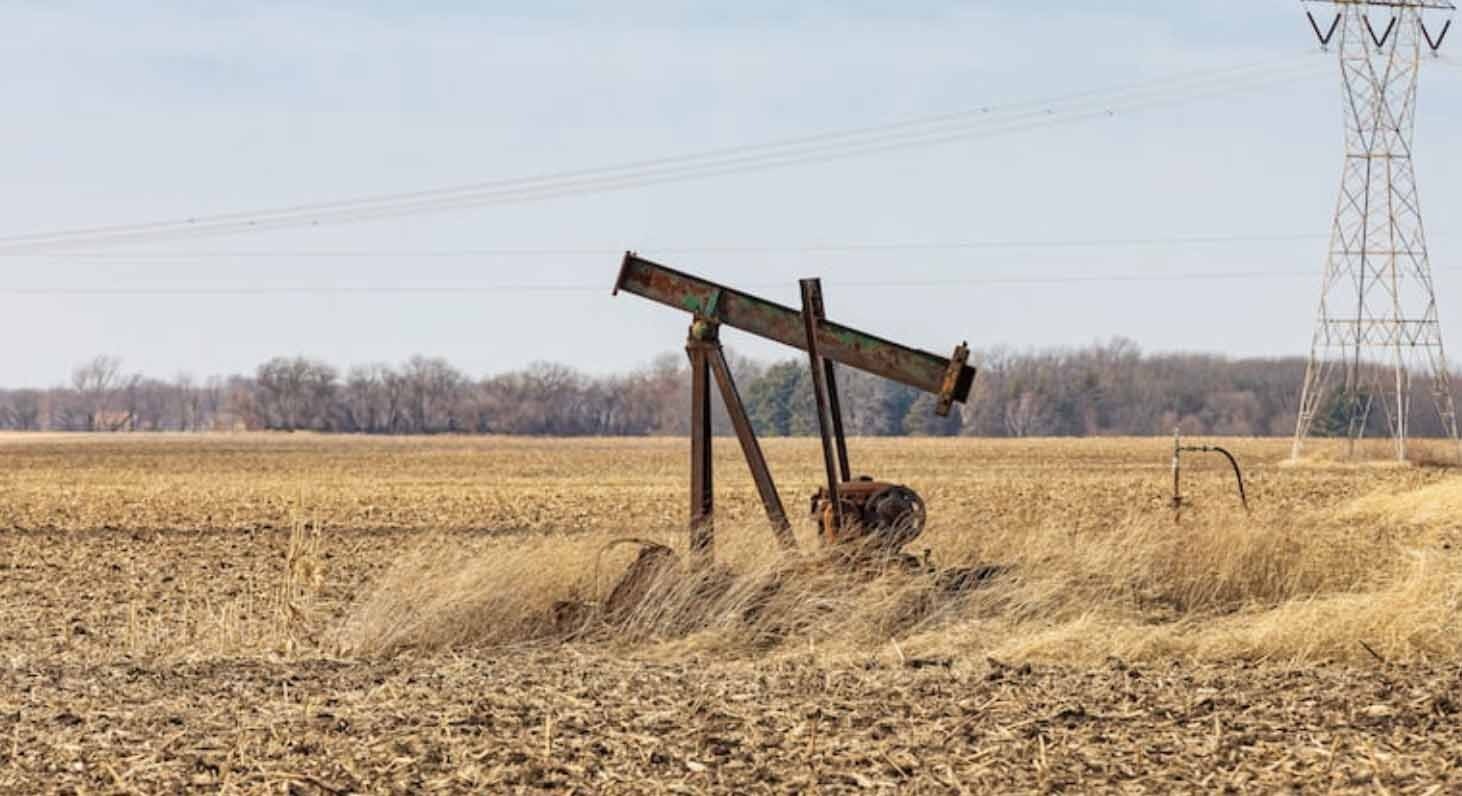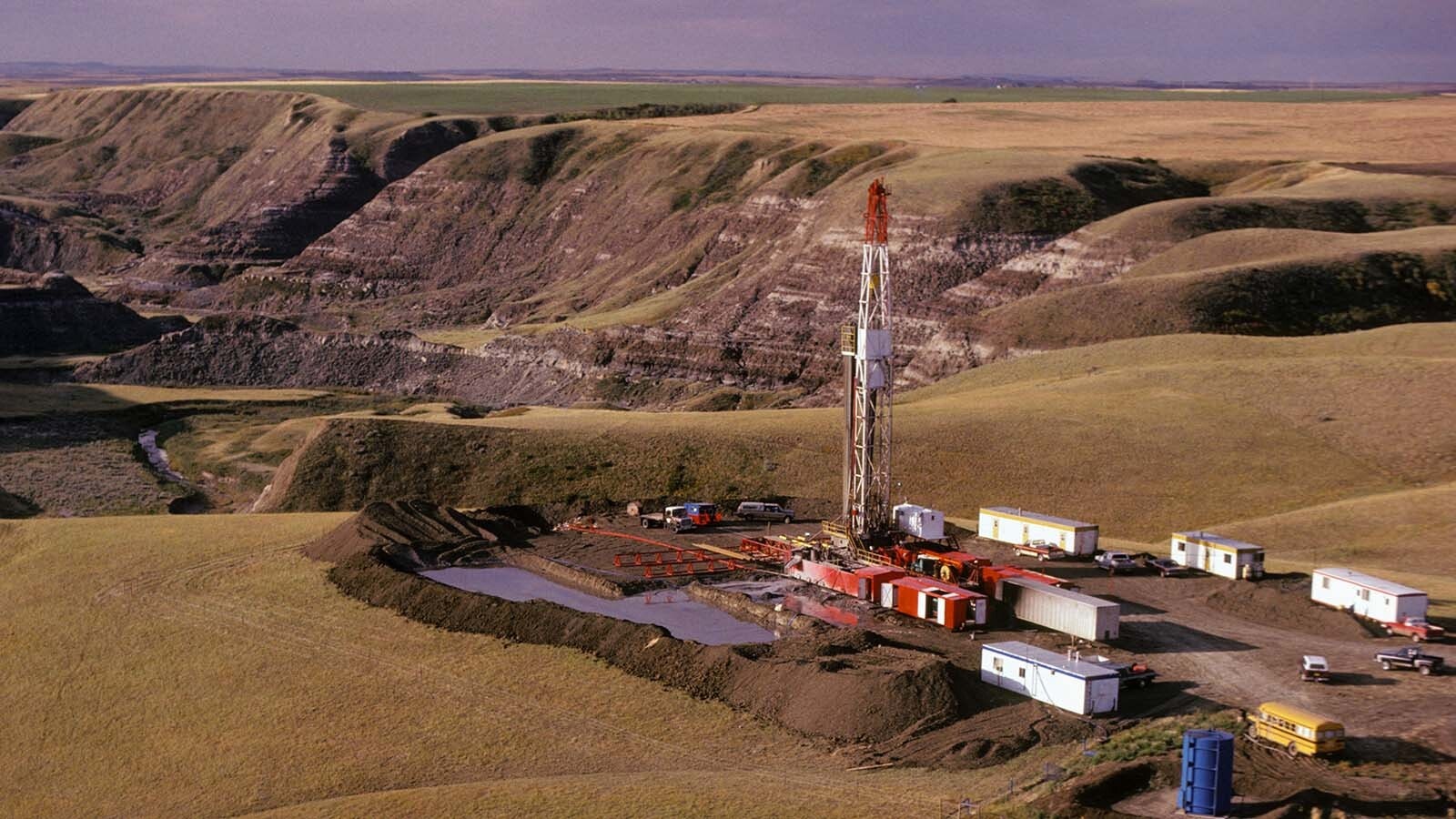By Kevin Killough, State Energy Reporter
kevin@cowboystatedaily.com
The Wyoming Oil and Gas Commission has about 1,500 orphaned wells remaining, oil and gas wells that have been drilled but abandoned without being plugged. With $25 million in funding from the federal Infrastructure Investment and Jobs Act (IIJA), it’s possible the state will plug the last of those.
“So as far as where Wyoming is at, I think we’re a leader in addressing those orphan wells, and have been, even before this [IIJA] money became available,” said Tom Kropatsch, supervisor for the Wyoming Oil and Gas Commission, during an update at the Wyoming Energy Authority’s recent monthly meeting.
As far as how much methane emissions have been stopped as a result of the work isn’t known, Kropatsch said.
There was a study on about 10 coal-bed orphan wells, and Kropatsch said the emissions those wells gave off was less than the emissions of a single cow.
There were some from the conventional wells that gave off a lot, but the particularly bad ones have been addressed.
In some cases, abandoned or dormant coal-bed methane wells have leaked much more methane, which in extreme instances has led to explosions. They also pose a risk of contaminating surrounding groundwater.

From 120 to 6,000
While 1,500 wells might seem like a lot, the U.S. Department of the Interior estimates that there are 3.5 million of them nationwide, but the number is just an estimate. Some states, like Pennsylvania, have possibly hundreds of thousands of orphan wells dating back more than a century.
Prior to the bust of the coal-bed methane boom in 2010, Wyoming had managed to keep its number of orphan wells down to about 120, according to Kropatsch.
When hydraulic fracturing unleashed huge amounts of natural gas onto the market, natural gas prices drove a wave of bankruptcies in the coal-bed methane industry. As a result, Wyoming ended up with a list of about 6,000 orphan wells.
In 2014, the Wyoming Legislature and then-Gov. Matt Mead put together an accelerated plugging program to get that inventory of orphan wells down.
“Since then, we’ve plugged about 5,000 orphan wells, but in that time we’ve gained some additional ones,” Kropatsch said.
Nearly Done
Kropatsch said Wyoming has spent about $30 million plugging those wells so far, with two-thirds of the money coming from bonding that operators are required to procure before drilling. The rest came from a contribution tax oil and gas operators pay. The Wyoming Legislature didn’t appropriate any general fund money toward the program.
The federal IIJA funds should cover Wyoming’s remaining orphan wells.
“We thought it was a good way to accelerate, and essentially finish off, our program,” Kropatsch said.
Of the remaining inventory of 1,500 wells, about 800 are from the coal-bed methane era. The commission received bids for this last bit of plugging work, and they came in lower than expected. With inflation, the bids were higher than historic averages, Kropatsch said, but the commission expected higher.
Kropatcsch said there’s another round of federal grant money coming that the state may try to get, which will allow for some habitat restoration in sage grouse areas.





